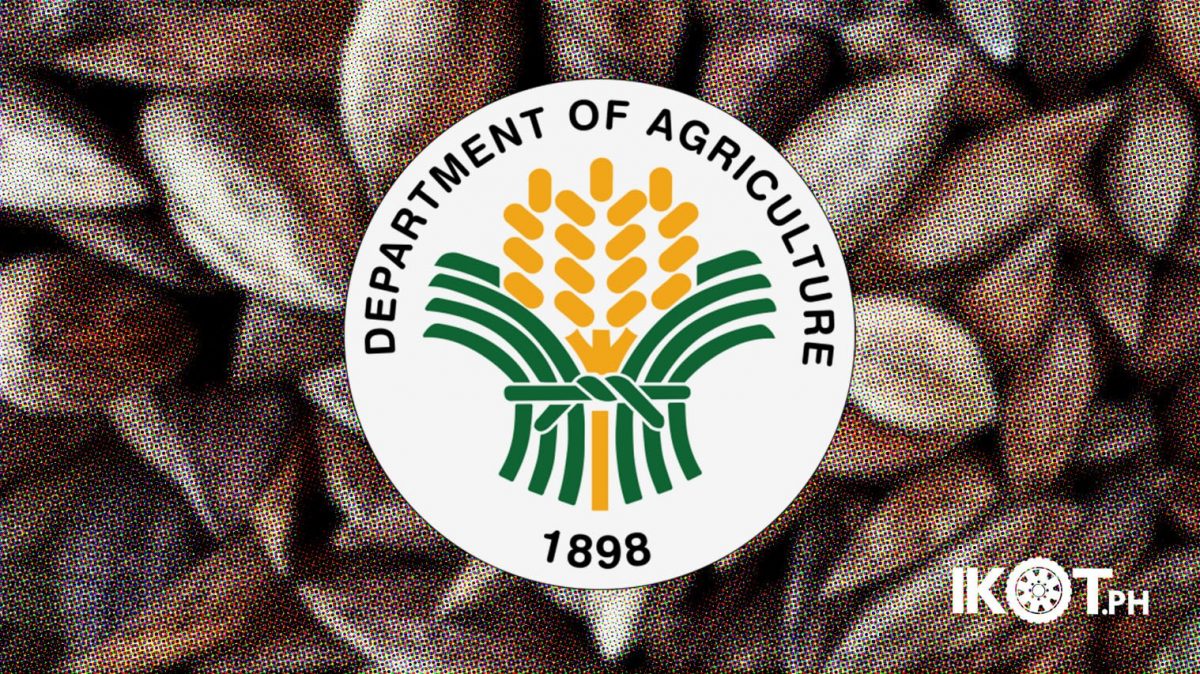Dried pili nuts from the Philippines can now enter the 27 member states of the European Union (EU) following the issuance of the European Commission Implementing Regulation (EU) 2023/267.
The document authorizes the inclusion of dried pili nuts in the Union list of novel foods that may be placed on the EU market after it passed the EU’s food safety and labelling requirements.
In line with the directive of President Ferdinand Marcos Jr. to boost high value crops for export, the Department of Agriculture (DA) welcomed the EU issuance that opens market opportunities for the country’s pili industry.
The export of pili nuts has been temporarily stopped following new EU rules for novel foods in 2015.
The export of pili nut, which is considered a novel food or those that have not been significantly used for human consumption in the EU before May 1997, was temporarily stopped following new EU rules for novel foods in 2015.
The EU market opening will benefit local pili processors and exporters including thousands of pili farmers as this opportunity enables them to gain more income from higher value commodities such as pili.
Relative to the President’s directive to diversify exports and expand markets for local agricultural products, DA has been promoting farm clustering and consolidation and production upscaling to ensure high quality and volume of products with export potential.
The Bicol Region is the country’s top pili producer with about 90 percent or 1,796.38 hectares of pili production area.
The Bicol Region is the country’s top pili producer with about 90 percent or 1,796.38 hectares of pili production area and 84 percent or 4,932.60 metric tons of the total volume of production based on the Philippine Statistics Authority data in 2021.
The DA’s Bureau of Plant Industry (BPI), High Value Crops Development Program (HVCDP), Agribusiness Marketing Assistance Service (AMAS), Philippine Rural Development Project (PRDP), and the Bicol Regional Field Office are actively involved in the pili industry development.
The DA agencies provide inputs, establish facilities for production, post-harvest, processing and marketing, and conduct research for development and capacity building activities including the adoption of good agricultural practices and food safety standards, among others.
They also help interested producers and exporters in terms of accreditation, development of packing houses, market development and market linkages.
The DA-AMAS, in particular, assisted various pili stakeholders in terms of product promotion by participating in local and international trade fairs.
The major export markets for Philippine pili include the United States of America, United Kingdom, United Arab Emirates, and Canada.
Diversifying exports is one strategy being utilized for the Philippine economy to become
more resilient against adverse global shocks.
Part of the President’s major directives is to strengthen the country’s agricultural value chain so that local farmers will be more competitive as suppliers of export-grade products.


